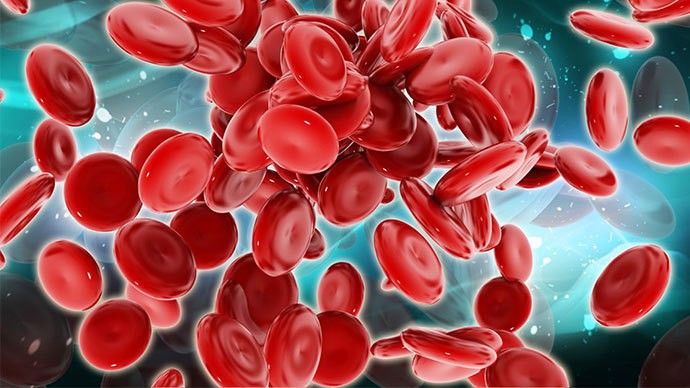It comes as no surprise that science advances quicker than one can keep track of and it just so it happens, that fresh on the heels of earlier discoveries, the University of Colorado Cancer Center recently published a study proving yet again the effectiveness of cord blood from an unrelated donor, and its matchless performance in a bone marrow transplant.
In the study published recently by the renowned institution, it was proven that in a three year period after a bone marrow transplant was done on patients suffering with leukemia; the prevalence of severe chronic graft-versus-host disease was a 44 percent in those patients who had received a transplant from an unrelated donor. On the other hand, it was a mere 8 percent in those patients who were given umbilical cord blood transplants.
Those patients who had received umbilical cord blood transplants even had a higher chance of breaking free from immunosuppression and were not as likely to require hospitalization nor to develop late infections. Not only that, both groups of patients shared similar survival rates.
In words Dr. Jonathan Gutman, chief investigator at the CU Cancer Center and Clinical Director of Allogenic Stem Cell Transplantation at the University of Colorado Hospital: “When you do an allogenic transplant — when someone else is the donor — the new blood system has the potential to attack the patient. This is graft-versus-host disease, which can be debilitating and even fatal. Our results show that, long term, receiving a cord blood transplant is less likely than receiving a transplant from an unrelated, matched donor to result in graft-versus-host disease.”
For patients suffering from different types of blood cancers, a standard procedure is to eliminate a patient’s leukemic blood system, replacing it shortly afterwards with a new blood system using donor blood stem cells, for which there are four available sources:
- A matched, related donor, such as a relative
- A matched, unrelated donor
- Umbilical cord blood from a bank
- And Haploidentical transplant, which is a technique that only requires a half match with a related donor
Keeping all of the above information in mind, there is a direct correlation between a match among donor cells with the patient’s blood system, and a lower likelihood of the new blood system from attacking the patient’s tissues, e.g: a smaller probability of a graft-versus-host disease from developing.
It has usually been the case, that the related donor is the preferred choice. However, as cord blood is immature, there is no need for it to be closely matched for it to be a donor source and it has therefore been reserved by doctors for those patients that lack a match.
Nevertheless, preferences are starting to shift due to the amount of data that has been published proving how cord blood may be as useful as or even more optimal than a transplant from a matched, unrelated donor.
Countless centers use cord blood transplants for their most severe cases, conveying an image of unreliability. Nevertheless, the evidence speaks for itself and cord blood exceeds cells coming from unrelated, matched donors.
It is not surprising therefore, that the University of Colorado has decided to start using cord blood as their first option in cases where there are no matched, related donors available.
Verita Neuro has boundless confidence that our regenerative treatments have always counted with immeasurable evidence that has proven the potency and efficiency of our services. Stem Cells extracted from the cord blood of donors have been successfully used to change the lives of hundreds of people and it is our robust commitment to carry on doing so in the years to come.
H/T ScienceDaily




 English
English